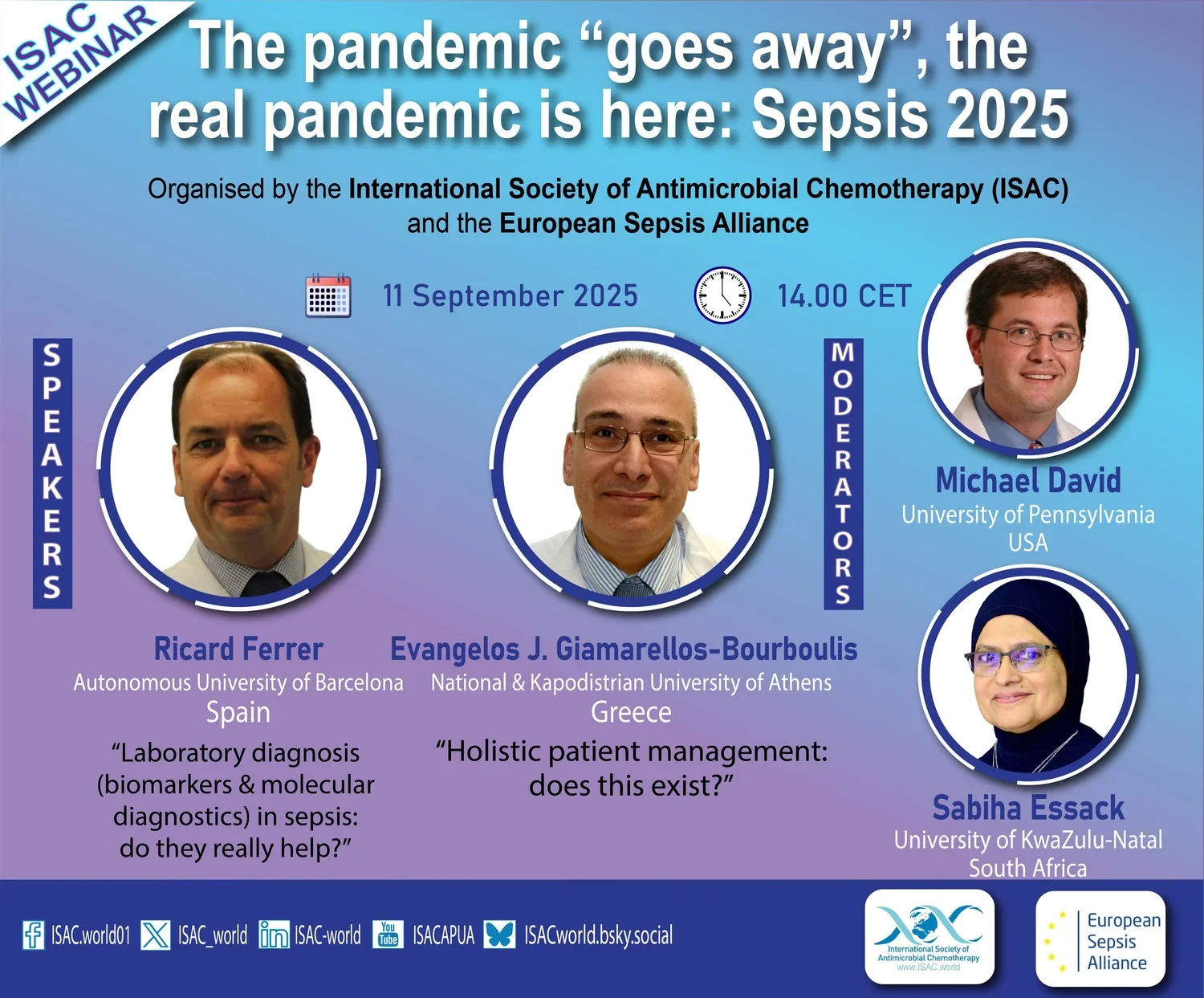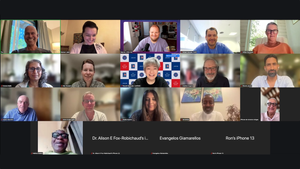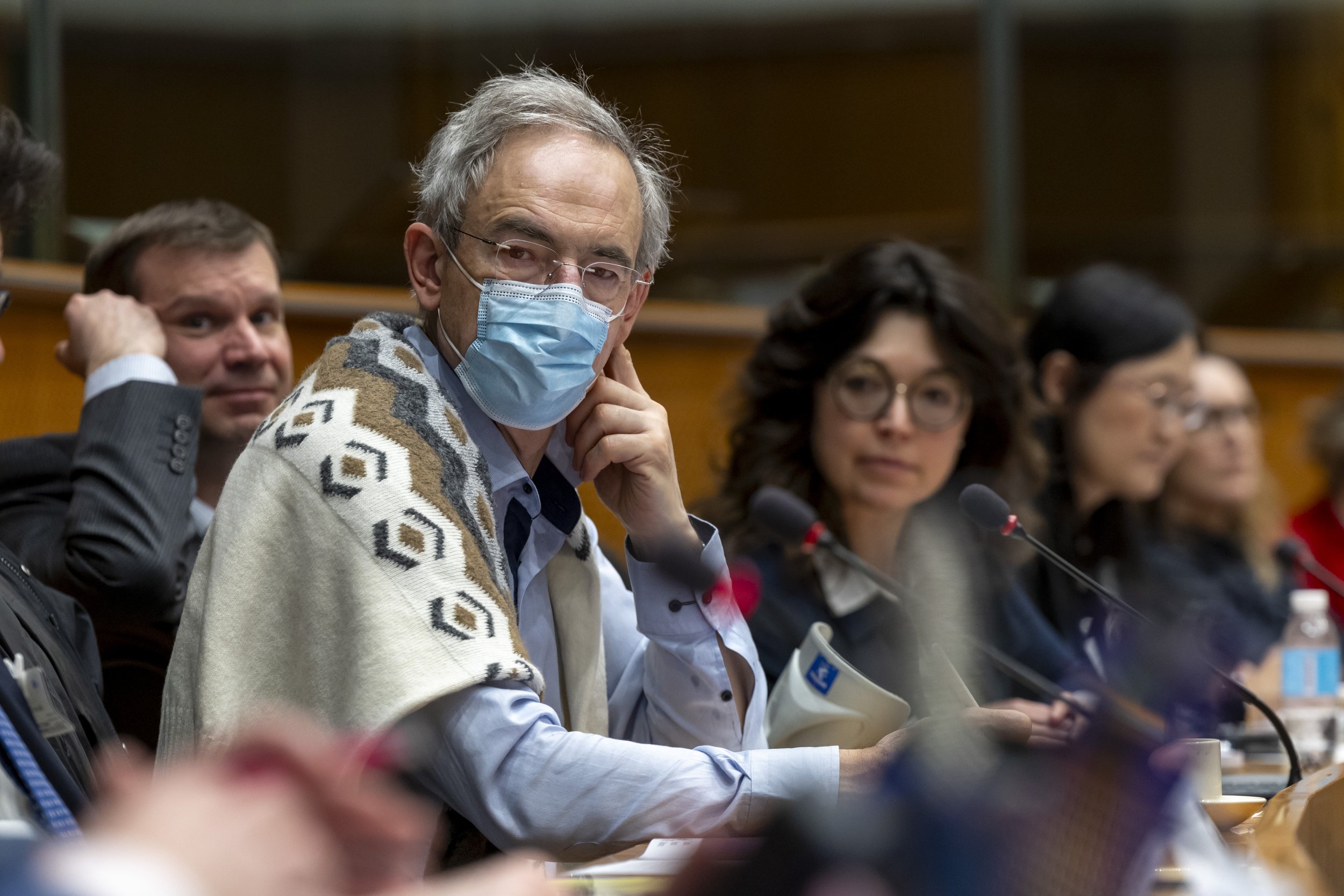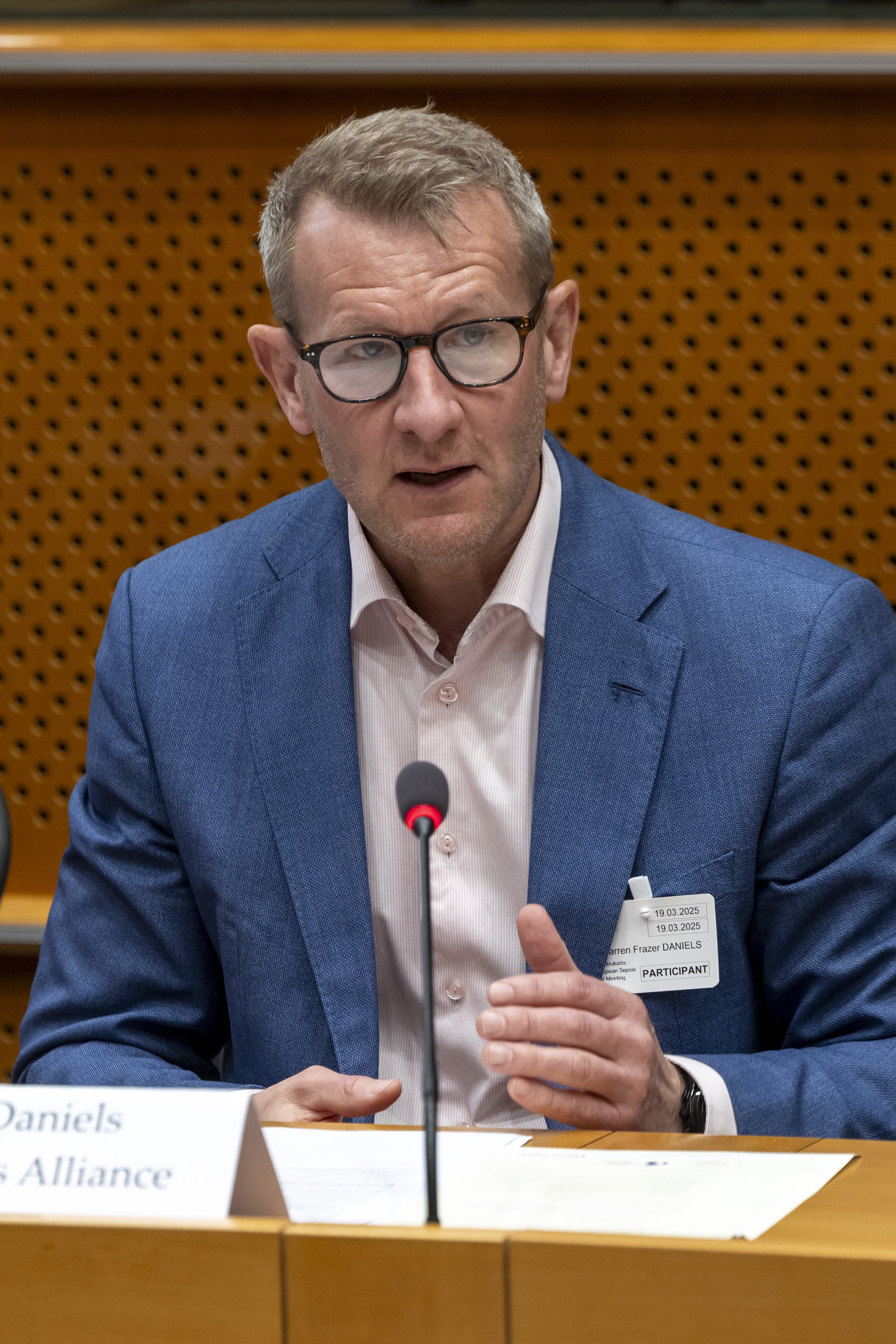In August 2021, I am stricken with sepsis with severe organ failure. Blunt bad luck strikes me. The consequences are significant and not only for myself, but also for those around me, my wife, children, and friends.
From a healthy 71-year-old man, I became an elderly man with all sorts of defects. With the help of many physiotherapists, a psychologist, and others, I scrambled up and regained my life, supported by my Mieke, children, and grandchildren, who give me joy in life again with much encouragement.
Unfortunately, there are permanent limitations, I will have to learn to cope with this. I am a fighter and not someone who sits behind the geraniums. To the best of my ability, I have picked up my life again.
“Don’t whine” will be my motto. No whining, and if I can't get through life with two wheels, then let's get through life with three.
What Happened
As a man of then 71, I undergo prostate surgery with the green-laser technique at the end of January 2021. I have had symptoms of my prostate for years by then. To solve them for good, I undergo surgery: the size of my prostate will be reduced by 70%. Fortunately, no other nasties are found. After a day at the academic hospital Radboudumc, I am discharged. I go home to regain my strength. As after a few months the urinary problems do return, I visit the urology outpatient clinic again for a check-up at the end of August. Although I am on time, after waiting an hour for the urologist, I am helped by a nurse who is not actually on duty. She had 27 years of experience, so she does the examination herself, a peek inside the bladder. For men of my age, an all too familiar hassle. Trousers off, and there I sit on a kind of delivery chair. She inserts a catheter, which makes its way to my bladder. The nurse looks at the screen and sees nothing special. After the treatment, I return to Malden.
The pain is severe and persists. On Mieke's advice, I go to the GP and come home with antibiotic pills. But the pain gets worse. I get feverish, and at night I go downstairs because I feel bad. Later at night, I call Mieke at the bottom of the stairs. The temperature is over 40 degrees, something is very wrong. After that, I pass out, and I can't remember anything of what happened next.
Reflection on the Nurse’s Actions
Looking back, I started questioning whether the nurse should have acted differently. Mieke and I even wrote a letter to the urologist at Radboudumc. In the letter, we asked whether it would have been better for the procedure to be postponed and carried out by a urologist instead of the nurse, even though she had 27 years of experience. The pain I experienced and the subsequent complications made me wonder whether things could have gone another way.
We never sought legal action because we knew that wouldn't restore my health, but the event marked the beginning of a long and difficult journey, and I wanted to better understand what went wrong.
Mieke calls the 112, the ambulance arrives in 10 minutes. The paramedics see immediately that something is very wrong. Fluids are immediately administrated and, with the siren blaring, we are taken to the Radboudumc in Nijmegen. I am immediately driven to the ICU and hooked up to various machines, IVs are inserted, and tests are initiated. Quickly, the doctors conclude that I have suffered septic shock with severe organ failure. My heart and lungs are still functioning well. However, my liver, kidneys, and intestine have suffered severe damage. An E. coli bacteria, entered my bloodstream.
Fragments from 9 Days in Coma (August 28 – September 9, 2021)
During the following nine days in the ICU, while I was in a coma, Mieke kept a daily record as advised by the hospital. I was rushed to Radboudumc, placed on a ventilator, and given strong antibiotics. My condition was critical—organs were failing, and doctors feared potential brain damage. Over the course of several days, I showed slight signs of improvement: muscle tension, tremors, brief moments of eye movement and frowning. Slowly, I became more responsive—first to voice, then to touch. Eventually, I opened my eyes, nodded, and responded to questions with small gestures. I was weaned off the ventilator, began breathing on my own, and even tried sitting up and cycling with assistance. By September 9, I was able to talk again—laboriously, but unmistakably present.
Rehabilitation
Finally, on October 14, I was discharged from the Radboudumc and transported by ambulance to the rehabilitation centre Klimmendaal in Arnhem.
After 2 months of intensive training with physio and occupational therapy, talks with social work and the psychologist there and 15 kilos lighter, I belong to the realm of those living again.
I survived because:
I got to the Radboudumc quickly from Malden, and
I had fantastic doctors and nurses at the bedside—people with knowledge, people who know what sepsis is.
But even more factors have been decisive. ‘Thanks to your parents' genes AND a good condition, you survived,’ are the words of the ICU head. Yes, I survived, also thanks to the quick admission, my good condition, and definitely thanks to my parents' genes. I crawled through the eye of the needle. A year later, I visited my room in the ICU and also the family room (nerve room, according to Jan) under the guidance of an ICU doctor. It didn't do much for me.
Sepsis Awareness
Many people have heard of blood poisoning, but they have never heard of sepsis. It is not widely known. Although many people contract sepsis in the Netherlands and more than 10,000 people die from it every year, this occurrence is unfortunately overshadowed by other diseases or ignorance. Ten thousand may not be a large number, but the consequences are huge: it is the fourth-deadliest disease in the Netherlands. And if you survive it, you usually suffer damage to your body and mind.
